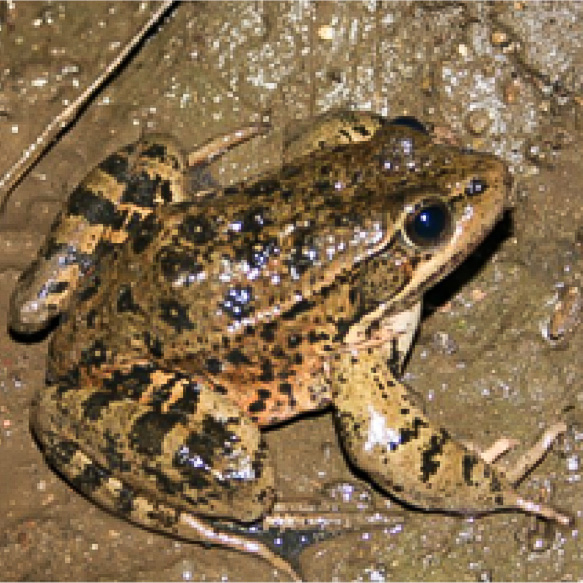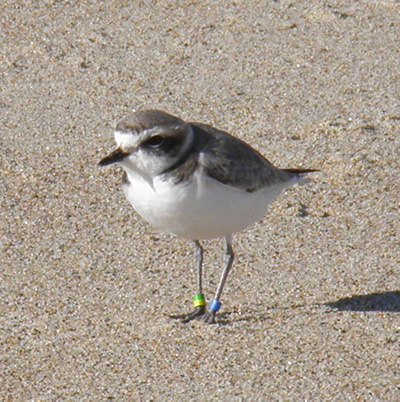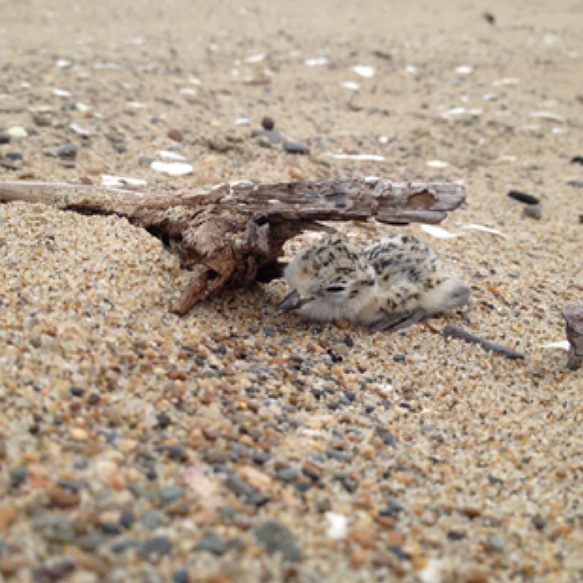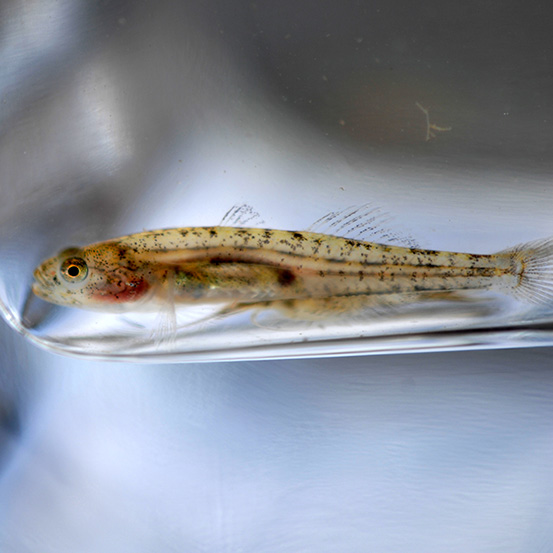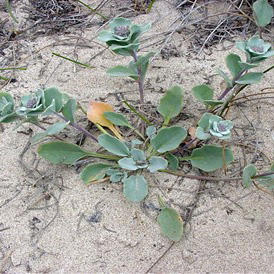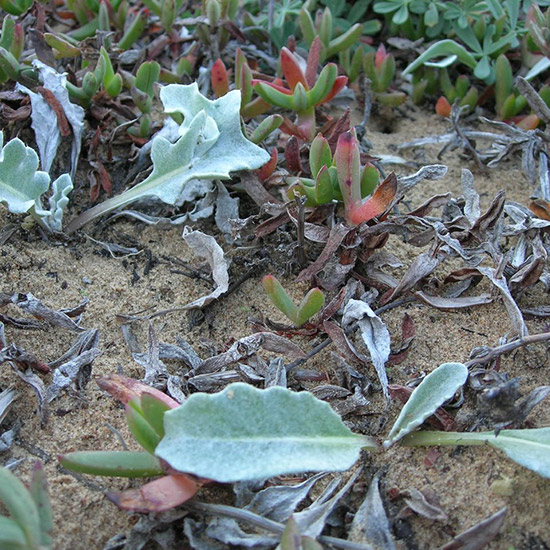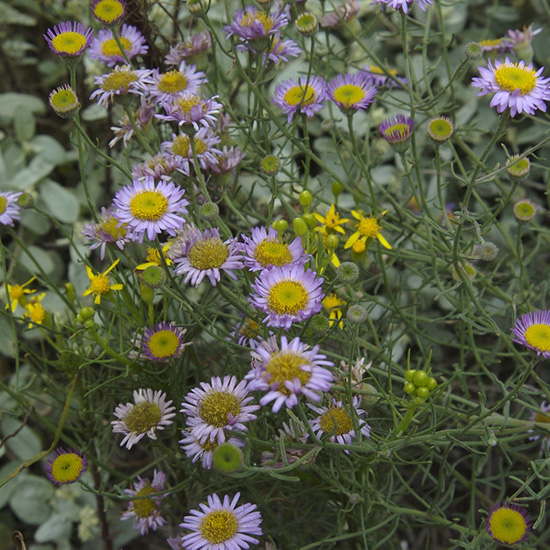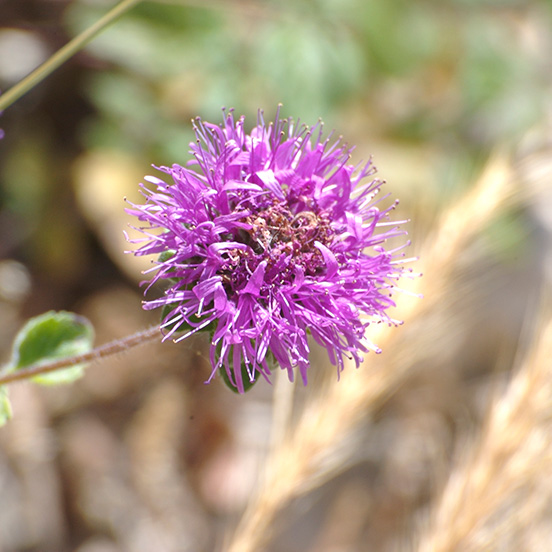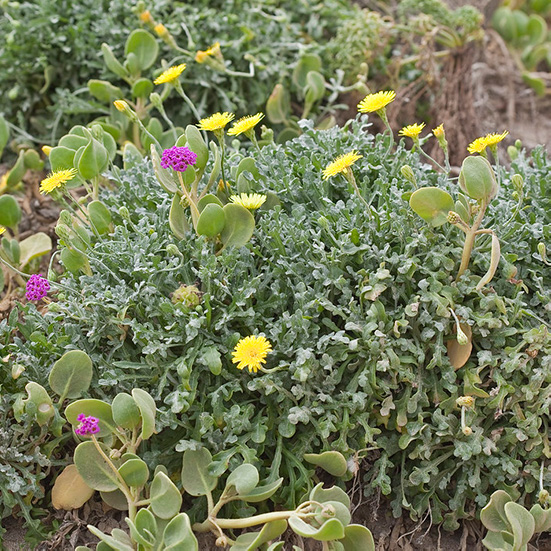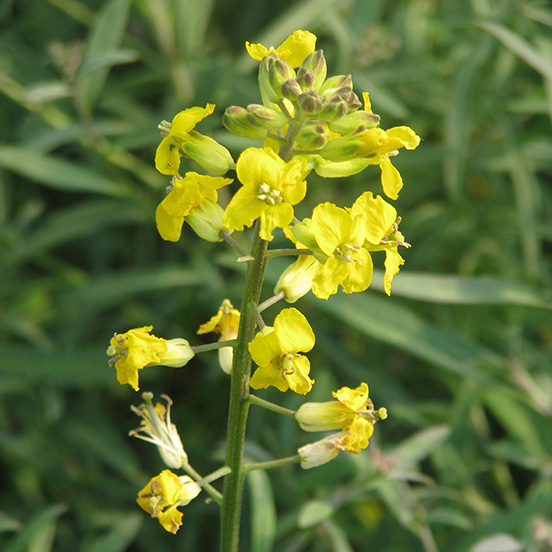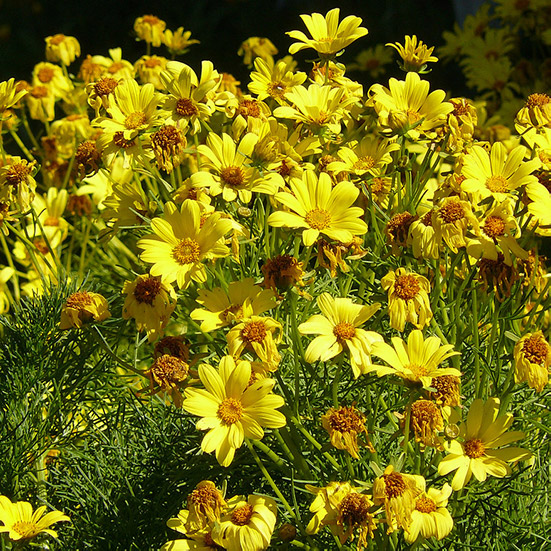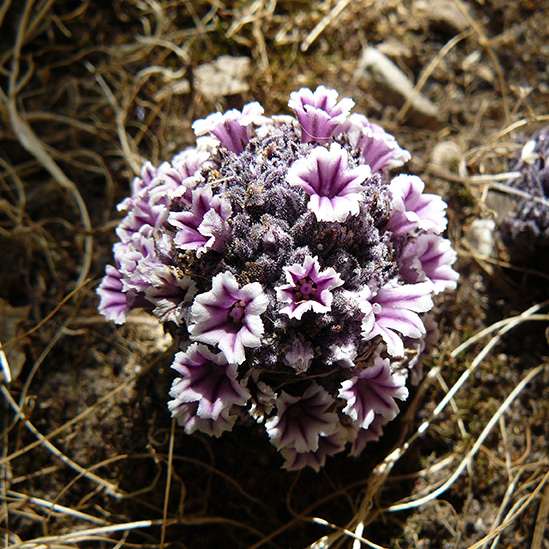The Guadalupe Restoration Project is home to numerous threatened and endangered plants and animal species, as well as many species of special concern. As we continue to carry out the Guadalupe Restoration Project, we take our responsibility to protect these species and special habitats very seriously. We work closely with regulatory, environmental, and community representatives to ensure that remediation and restoration activities result in beneficial outcomes for plants and animals on site and members of neighboring communities.
Wildlife
The GRP is home to over 25 wildlife species considered special status by the United States Fish and Wildlife Services (USFWS) and the California Department of Fish and Wildlife (CDFW). Annual and periodic monitoring of sensitive species is a major component of the GRP, to ensure that remediation and restoration activities are not having negative effects on the local population.
Plants
There are more than 12 plants at the GRP that are considered rare, threatened, or endangered by the United States Fish and Wildlife Service (USFWS), California Department of Fish and Wildlife (CDFW), and/or California Native Plant society (CNPS). Mitigation for impacts to State and Federal endangered and threatened plants are required by the GRP’s CDFW Incidental Take Permit and USFWS Biological Opinion. Plants included in these permits are La Graciosa thistle (Cirsium scariosum var. loncholepis), Surf thistle (Cirsium rhothophilum), and beach spectaclepod (Dithyrea maritima). These plant populations are surveyed annually throughout the GRP to document numbers and locations. In addition, out-planting locations for these plants are monitored more frequently to determine maintenance needs and success.
Archeological Interest
Beginning in 1979, archaeologist Larry Spanne conducted systematic surface surveys of the entire Guadalupe Oil Field. He recorded six prehistoric archaeological sites, which consisted primarily of small weathered fragments of sea shell, stone tools and stone tool manufacturing debris, burnt rock and occasionally, animal bone. The sites varied in location from near the Santa Maria River to well inland away from the river or beaches. Carbon-14 dating of several of these sites indicate that the Chumash utilized the Guadalupe Dunes in the period from about 500 to 1500.
A comprehensive program of archaeological monitoring has been developed to accompany excavation and remediation activities in many locations of the Guadalupe Restoration Project. Chumash representatives and archaeologists have systematically monitored project activities to document and preserve these resources.

